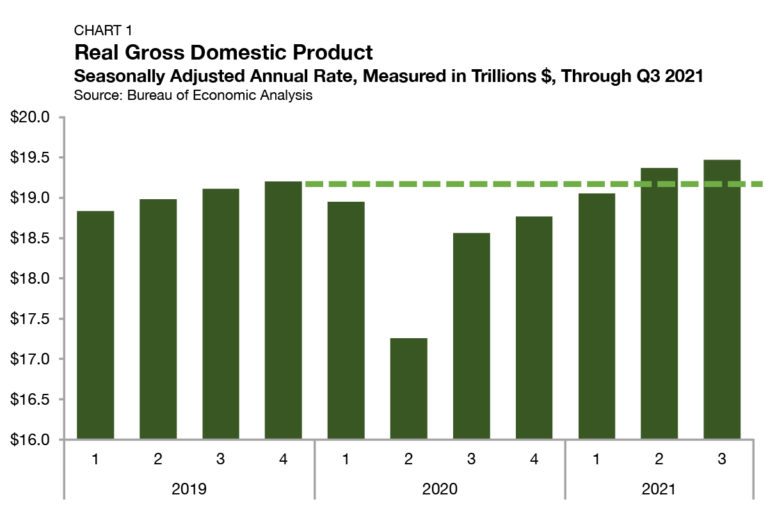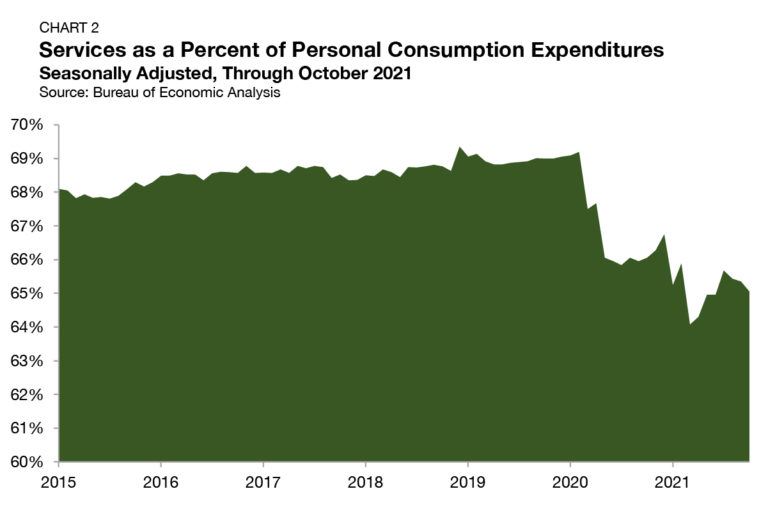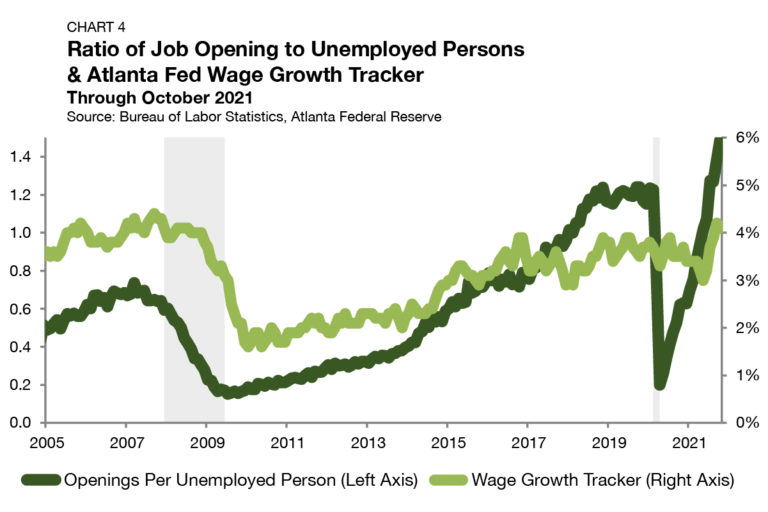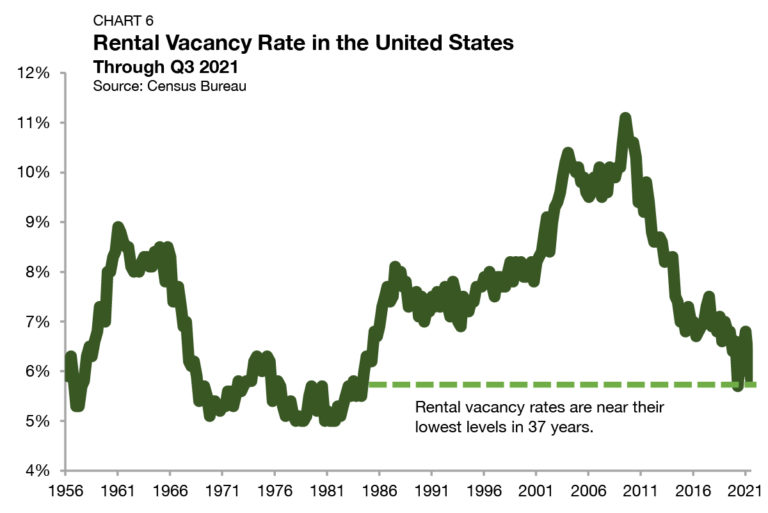Ivan Kaufman is the Founder, Chairman and CEO of Arbor Realty Trust, Inc. (NYSE:ABR), a leading multifamily and commercial real estate lender and real estate investment trust. Arbor manages and services a $42 billion real estate loan portfolio and has originated more than $20 billion in loans since 2021. Arbor is recognized as a top lender by Fannie Mae and Freddie Mac. Ivan is also the co-founder of Arbor Multifamily Acquisition Company (AMAC), an investment firm created in 2012, which owns and operates over 12,000 units and has acquired more than $2.5 billion of multifamily properties across the country. Through his successful development and evolution of many companies that span nearly four decades through all cycles, Ivan Kaufman is a trusted thought leader and pioneer in all aspects of commercial real estate finance.
Sam Chandan is a professor of finance and Director of the Chen Institute for Global Real Estate Finance at the NYU Stern School of Business. He joined the Stern faculty in late January 2022. From 2016 through early January 2022, he was the Larry & Klara Silverstein Chair and academic dean of the Schack Institute of Real Estate at the NYU School of Professional Studies, one of the world’s largest centers of real estate education. He is also the founder of Chandan Economics, an economic advisory and data science firm serving the institutional real estate industry, a contributor to Forbes, and host of the Urban Lab on Apple Podcasts. Dr. Chandan is chair of the Real Estate Pride Council, a global association of lesbian, gay, bisexual, and transgender leaders in the professions of the built environment. Dr. Chandan is a Fellow of the Royal Institution of Chartered Surveyors (FRICS), the Royal Society for Public Health (FRSPH), and the Real Estate Research Institute (RERI), and an Associate Member of the American Society for Microbiology (ASM). His multifaceted research interests address real estate as well as urban epidemiology and the preparedness of global cities and other systemically important urban areas in managing novel public health threats.









